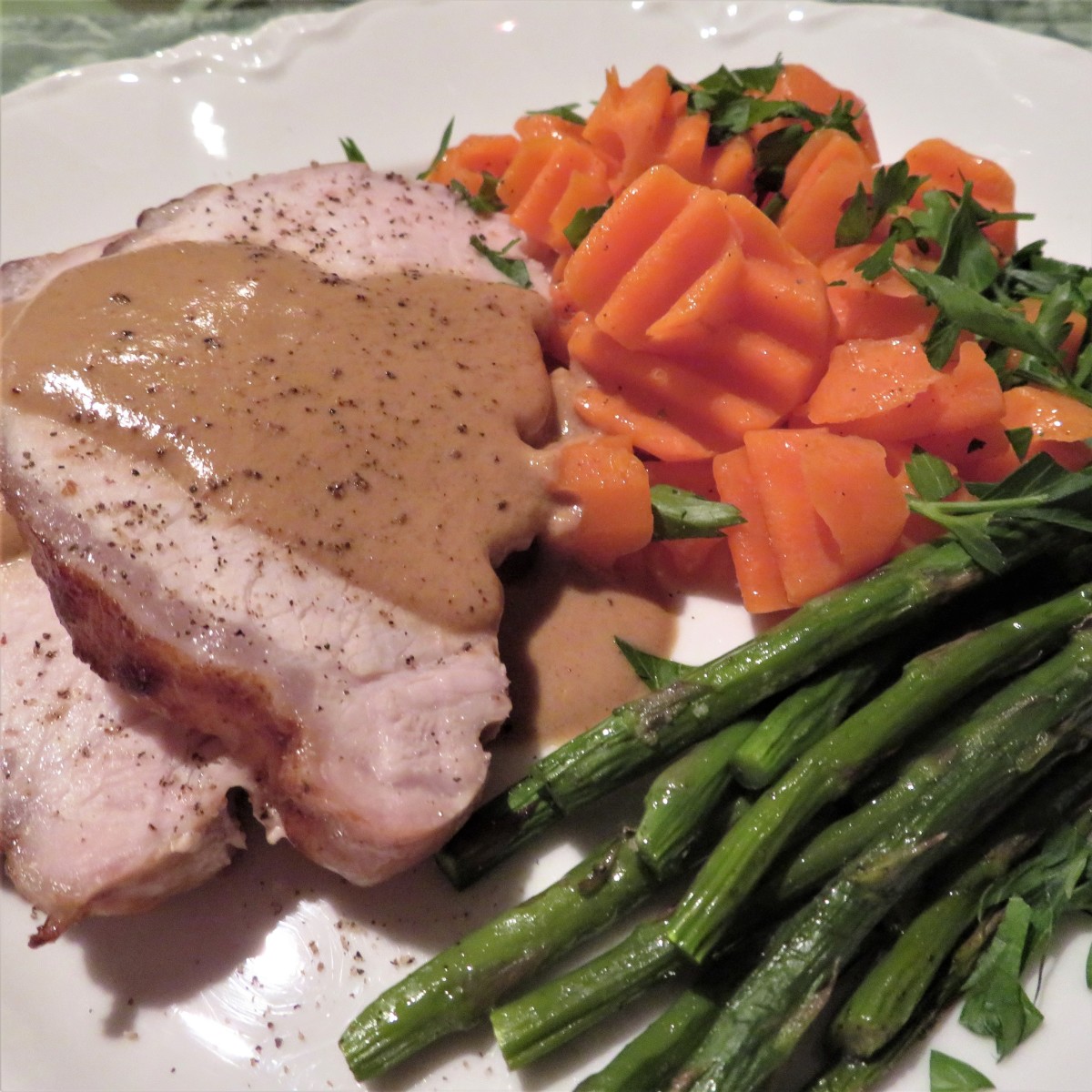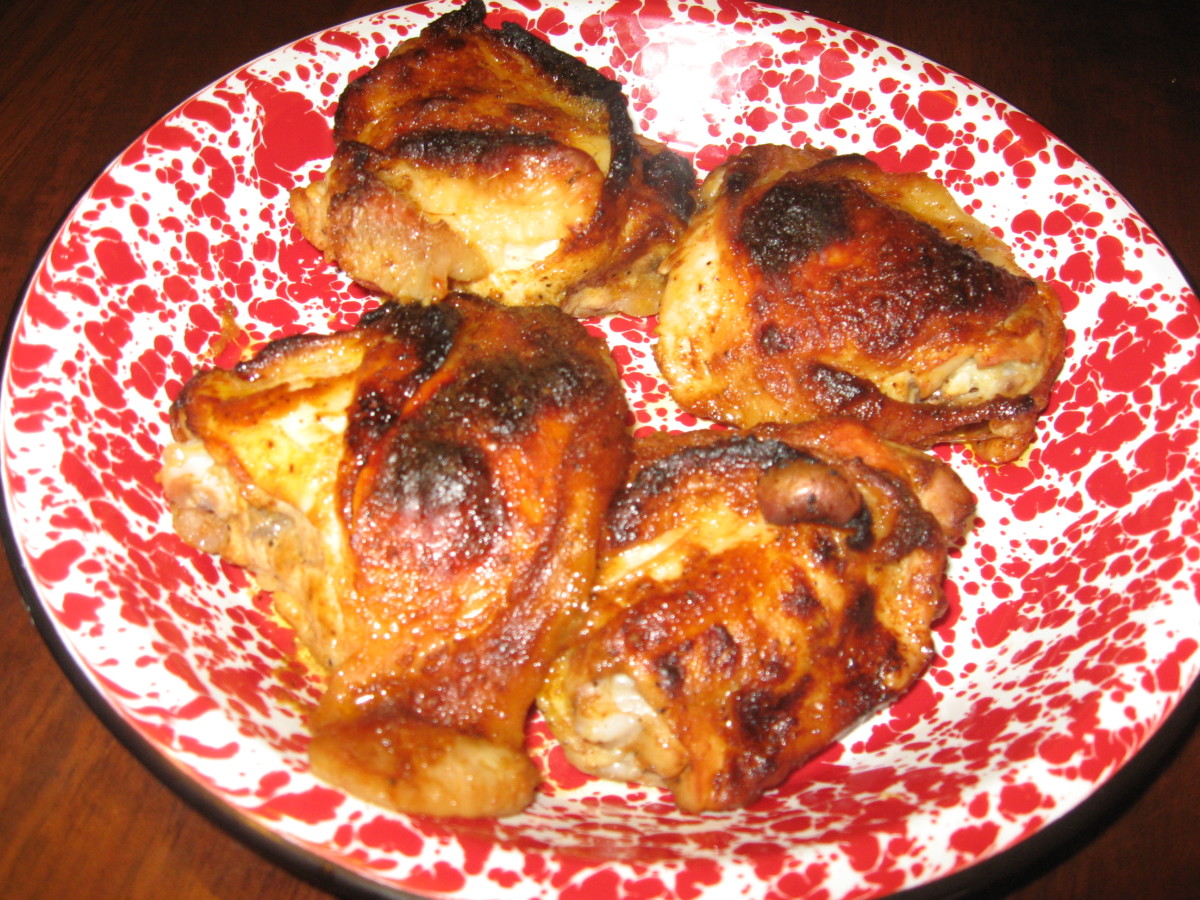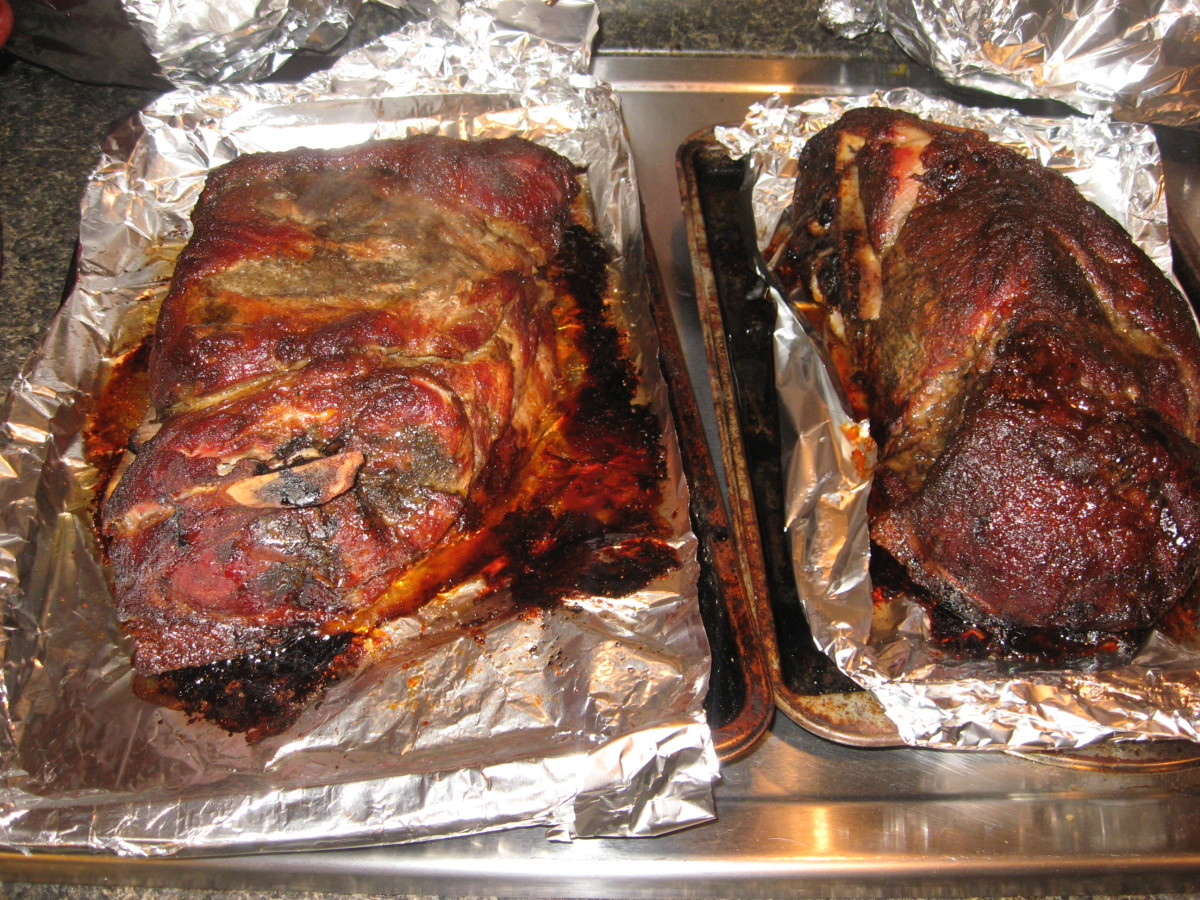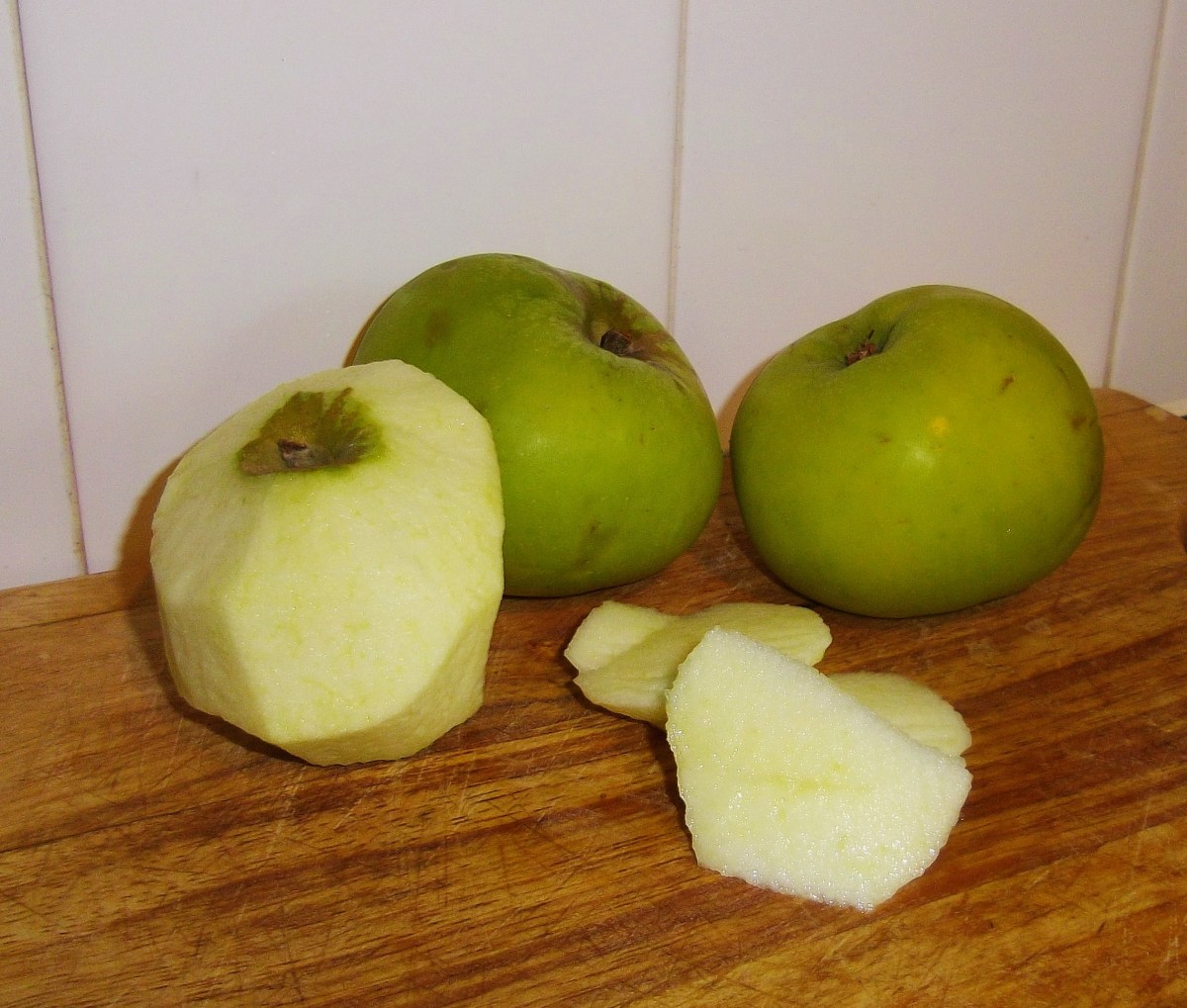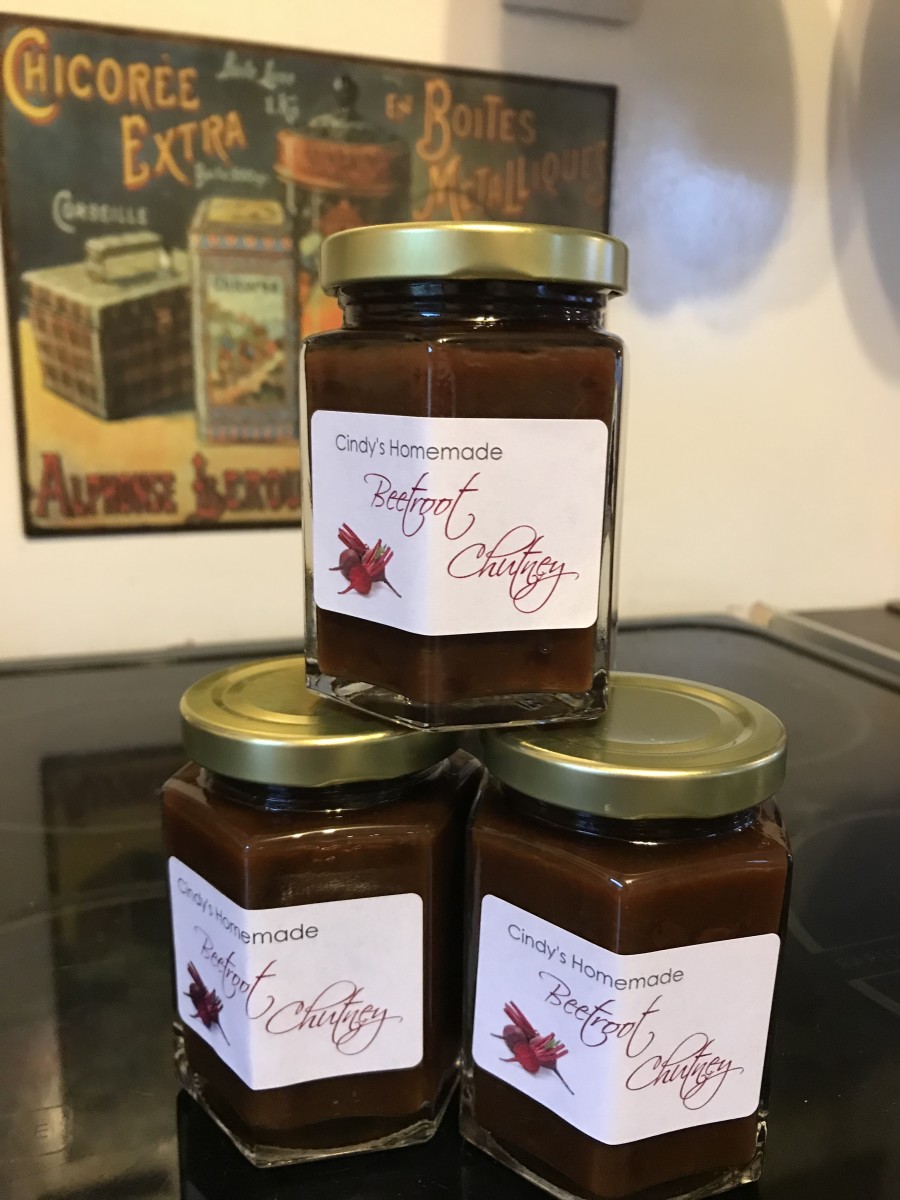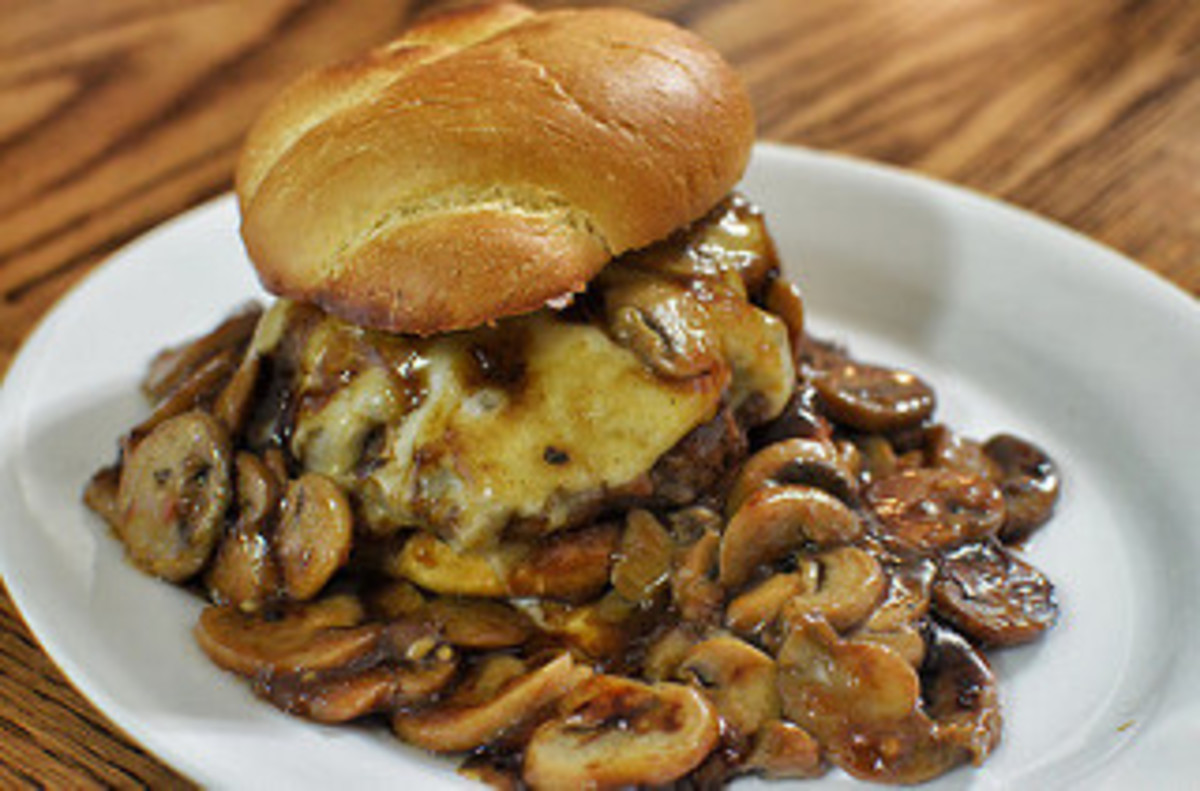How to Make Your Own Signature Barbecue Sauce
Rate the recipe!
Have you tried to count the varieties of BBQ sauce at the grocery store? Do you know how many claim to be the original, traditional, old-fashioned style? Every time I buy one of those, I am sorely disappointed, because it’s not what I thought it would be. One day I simply decided I was going to make my own. And you can, too!
Now suppose what you really want is something different for a change. Oh, OK, there are a lot more choices in that category. Some are fairly self-descriptive: hot and spicy, pineapple-flavored, etc. Some, however, just leave you guessing: new, improved, tangy, zesty, mild (according to whom?) and so on.
Start with the basics
The key to making your own signature BBQ sauce is to break it down into the constituent ingredients, and then experiment with amounts from there. Look at the ingredients on the back of a few bottles. Look at a few recipes in cookbooks or online. Write down the ingredients, but ignore the quantities.
- Hint 1: Ingredients on the bottle are listed in order of quantity, from most to least.
- Hint 2: You can skip the ones you can’t pronounce.
- Hint 3: You can skip the ones you wouldn’t want slathered on your steak even if they were watered down.
- Hint 4: You can skip stuff if you don’t know what it tastes like or don’t have a clue how it might affect your recipe.
- Hint 5: Be sure you drill down to the most basic ingredients. For example, there’s a difference between tomato paste, tomato sauce and other tomato products. Some of those include ingredients you will want to list separately.
Oh, all right, if you insist, here’s what’s in my list, but I’m not telling any amounts! My signature BBQ sauce contains: tomato paste, brown sugar, water, vinegar, dry mustard, olive oil, lemon juice, sage, marjoram, basil, liquid smoke, garlic powder and Tabasco pepper sauce.
Gather your ingredients
There are almost certainly a few items that don’t happen to be in your pantry. Go buy them. Be sure you’re getting the right stuff. If your list says mustard, that’s not the kind you squirt on your wiener—that’s “prepared mustard,” which means it has mustard powder, vinegar and other tasty stuff.
Hickory smoke had me stumped for awhile. At first I tried smoked salt, but I couldn’t get enough smoke without getting too much salt. I finally found something called “liquid smoke” over by the Tabasco sauce. I think it’s bottled by the same company.
Don’t forget measuring spoons and cups.
Start experimenting to make BBQ sauce
Here’s where your high school chemistry comes in handy. Make an educated guess as to the ingredient that you’ll want most of—for me that was tomato paste. Measure a small amount of that into a saucepan and warm it. If it looks too thick (duh), add a measured amount of water. Taste it and decide what it lacks—yeah, I know it isn’t even close yet. Add a small amount of sugar, dry mustard, vinegar, whatever you think is lacking.
Write down these measures because you’re going to be adjusting them. If you think you added too much of something, there are too possibilities.
- You did add too much. You’re going to have to go back and add a little bit (measured) of everything else, or at least the most potent ingredients you’ve used up to that point.
- Maybe you got it right, but need to counterbalance it with something. If too sweet, add vinegar or lemon juice. If too sour, add sugar.
When you start getting close, you can double everything you’re sure about, except for the tomato paste and water. This brings out those other flavors so you can tell just what they are doing to your recipe. Now cautiously add the other ingredients that you haven’t yet doubled. Maybe you end up only adding half again of one thing and two-thirds again of another to balance the doubled ingredients.
You want all these flavors to combine in such a way that no individual ingredient sticks out noticeably. At this point, however, it’s too “flavorful” overall because we haven’t doubled the tomato paste.
Potency and consistency of BBQ sauce
Now gradually add enough tomato paste to get the right potency—the balance between tomato and other flavoring. Then gradually add water to get the right consistency. You’re still writing down all these adjusted amounts, right?
Be aware that your BBQ sauce will be thinner when hot than when cold. Thick sauce doesn’t come out of the squeeze bottle very easily. Thin sauce doesn’t coat the chicken very well on the grill. So be sure to get this right. Once you go into “production,” you might want to make some thinner and some thicker.
Sometimes you might want to stretch the sauce. It’s got too much flavor and too much tomato, but you don’t want to water it down anymore. Here’s where I make up a little bit of rather thick and bland white sauce separately and then gradually add that to the pot until it is properly muted. This is also one way to thicken the BBQ sauce if you added too much water.
Producing your signature BBQ sauce
Now that you have the correct ingredients and measurements, you know how to repeat it much more quickly next time. There’s a proper order to this, however, to avoid lumpy BBQ sauce. Do note that you can freeze any quantity that you won’t be using in the next couple of months.
- Combine and make a paste of all the smaller dry ingredients (e.g. not sugar) by mashing out any lumps in a bit of olive oil.
- Add sugar to the paste and a small amount of liquid (e.g. vinegar or water) and stir until boiling in order to thoroughly dissolve everything.
- Add tomato paste, water and any remaining liquids. Simmer for at least five minutes.

